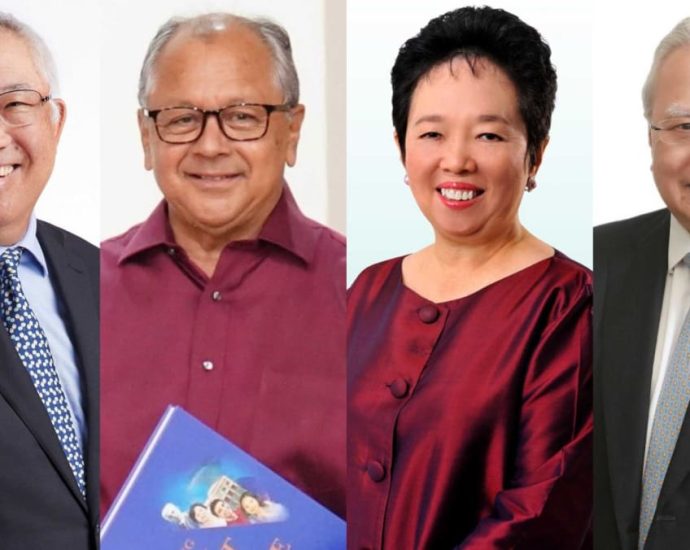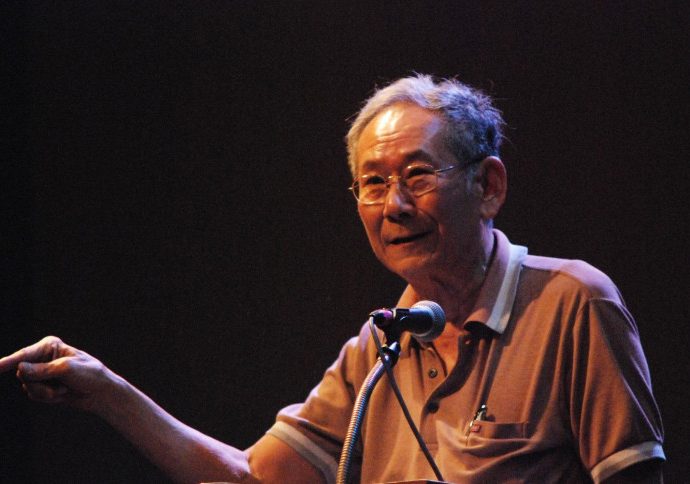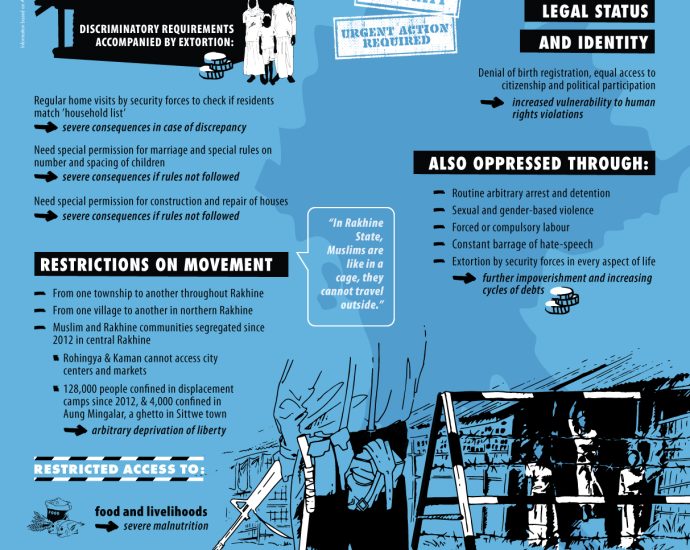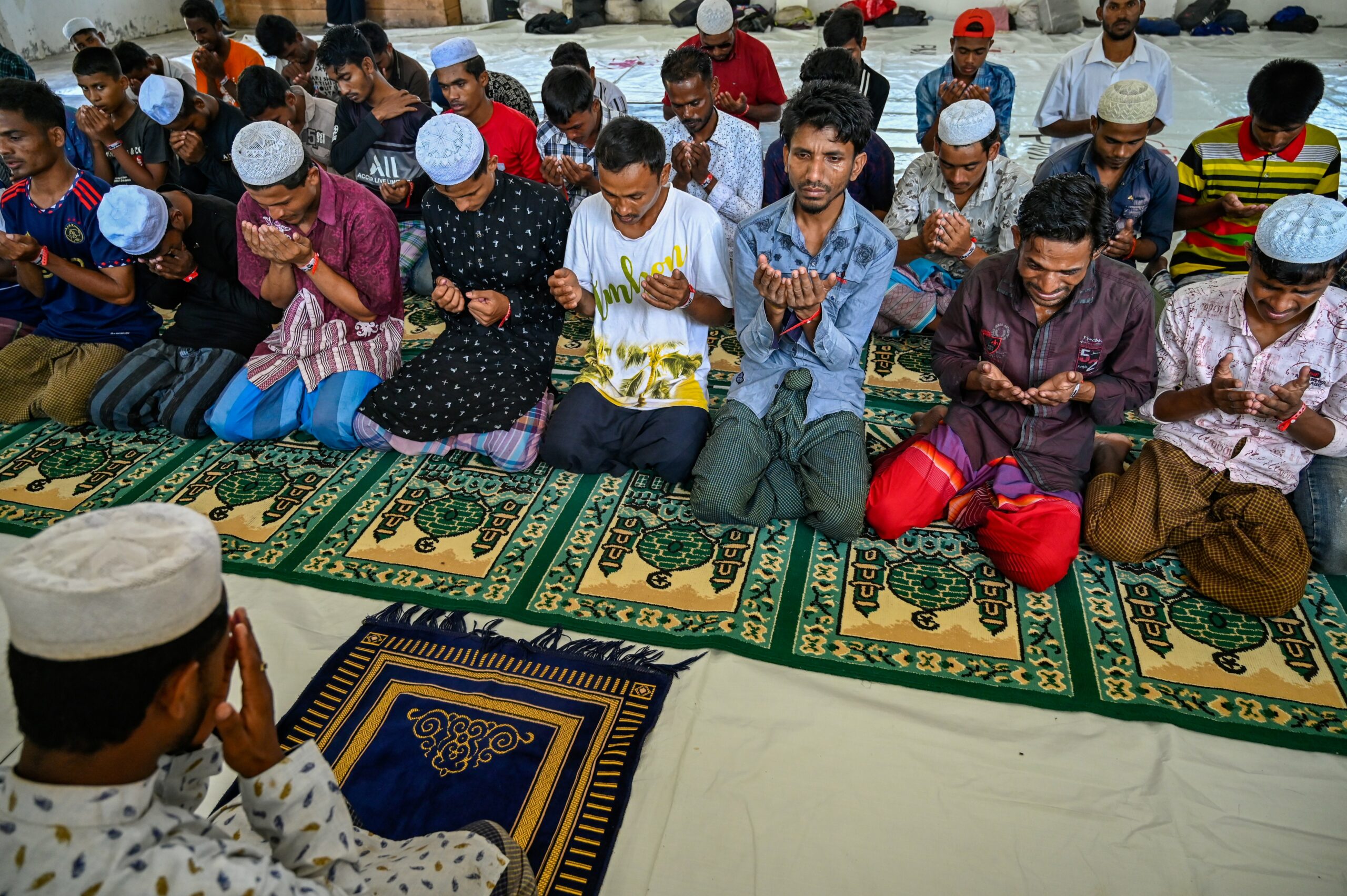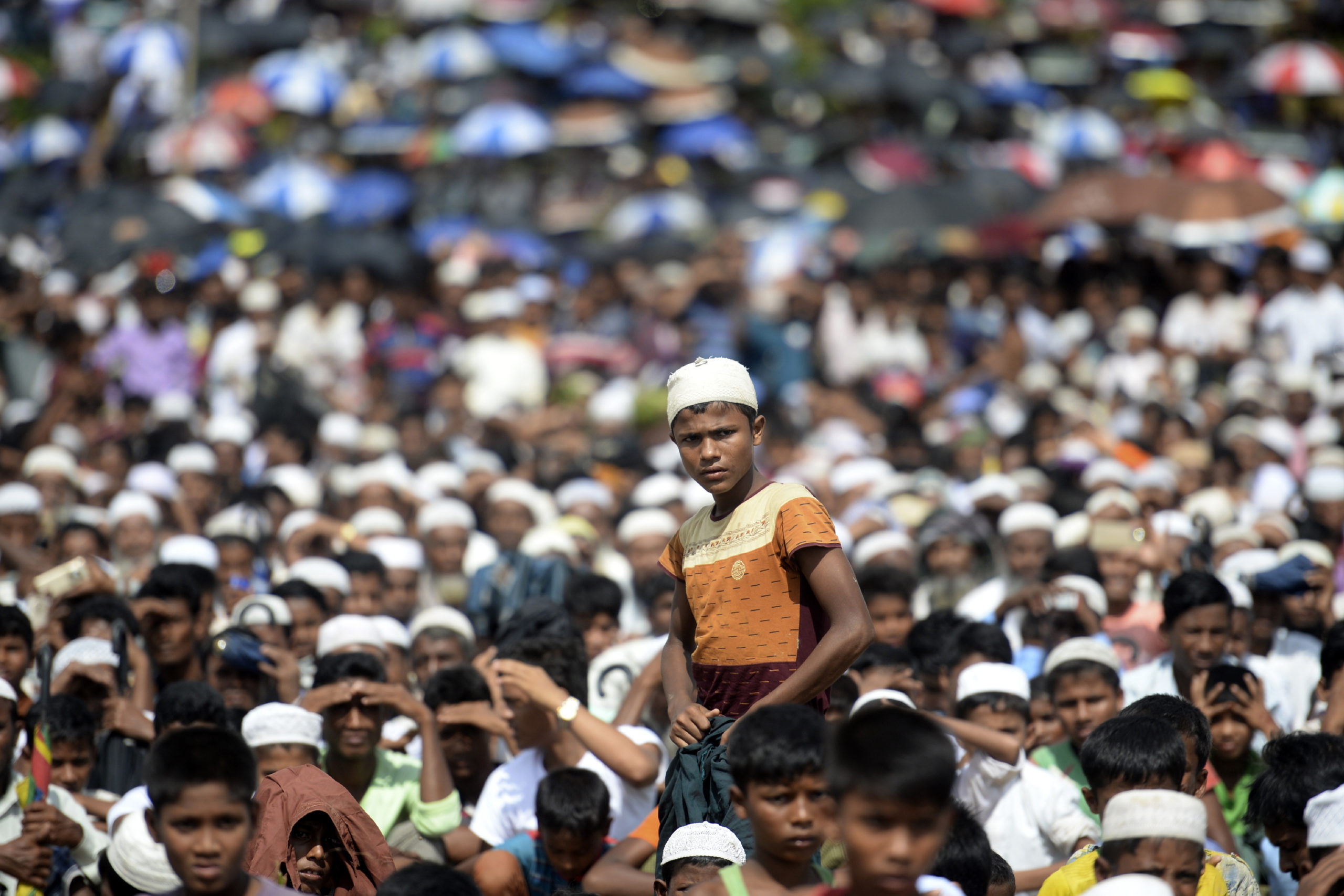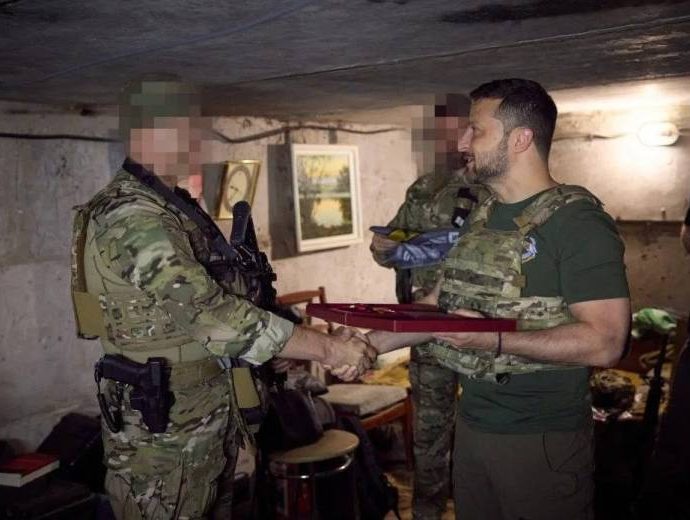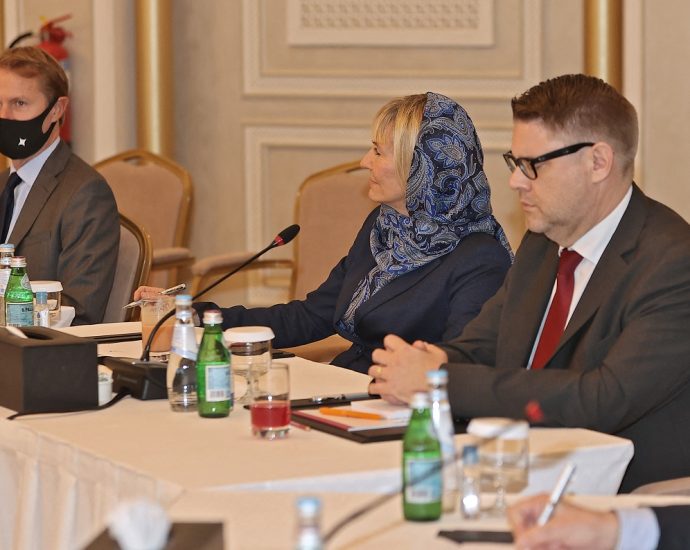PIKOM honours MDECâs Gopi Ganesalingam for championing tech growth
Receives special recognition for ‘Tech Growth Catalyst’
Role seen as enhancing visibility of tech firms beyond Malaysia
The National Tech Association of Malaysia (PIKOM) recently honoured Malaysia Digital Economy Corporation (MDEC) senior vice president Gopi Ganesalingam with a Special Recognition Award for ‘Tech Growth Catalyst’.
“As a prominent figure in Malaysia’s digital economy, Gopi’s…Continue Reading


